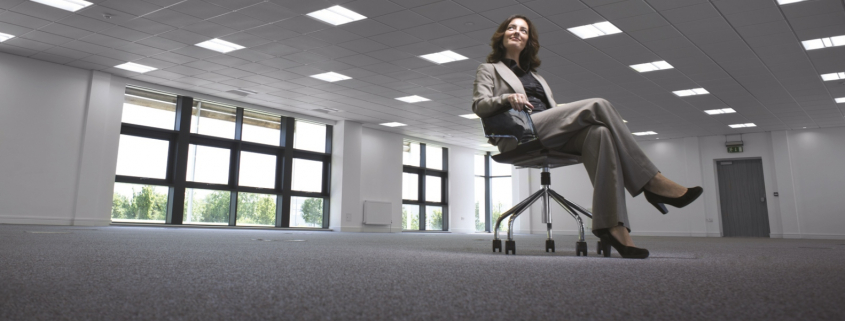Everyone wants to save energy; everyone feels the pressure to reduce costs and improve the bottom line of their business in a lousy economic climate.
Energy Savings Companies (ESCOs) come in two varieties, guaranteed savings or non-guaranteed savings. So where does the facilities manager start? The answer: get an energy study done.
Common Sense
First and foremost, be honest about the goal of your energy savings program. Whomever you hire needs the facts so they can get down to serious work and be successful. You owe them your honesty to give the energy savings program a chance of working out to your company’s benefit.
Before the Study
Utility Bills: This is like the EKG for your building. Compile the bills and understand them. Know the patterns so you understand how much energy your building is using during the day, the night and season to season. Make a spreadsheet, trend the data and study it.
Metering: This is the calorie counter of your building. The biggest loads should be metered. You cannot save where you do not measure. ESCO’s of all stripes will implement metering strategies early on, so get this done to be in charge of baseline data and save money.
Equipment: Make a detailed list of every piece of energy consuming equipment in the building with all of its pertinent data. This quest to save energy can quickly move from merely saving money to asking yourself why you are behind on maintenance, since well-maintained equipment uses less energy. Get ROI quotes now.
Lighting: Knowing how everyone circulates through the building at every hour will help you to understand lighting needs within your facility. Carefully scheduling lighting patterns can far out-pace the payback period of a re-lamping project. Get quotes with pay-back periods for controls and re-lamping to compare.
Building Envelope: Invest in an infrared camera or have an IR scan done by a professional to know where the heat is going in your building. An IR scan may show an area that has been vexing you for years. Execute a plan to plug the holes, and do it now.
Controls Strategies: Make sure your building works well. This is the place where the ROI is typically the most attractive for energy projects.
Now you’ve got a list of things you can control, all you need is time and money. So, let’s look at what is really working against you (apart from time and budget crunches) in all of this.
Human Behavior
The occupants in your building are people. People have habits, both good and bad. It is nearly impossible to change these habits, especially when it comes to their work environment. All day employees give their sweat and effort, so they demand comfort. To better provide this comfort, ESCO’s need your common sense and understanding of the building and its occupants to truly weigh the validity of the Energy Savings Measures (ESM’s) they propose.
Handling energy in buildings is one of the biggest issues facing facilities managers, and most aim to become better stewards of the planet’s resources. No matter how old or what type of building you manage, there is something more you can do to make the energy spending go down. However, obtaining the money to implement it and the sheer will (and consensus) to make the changes are the biggest impediments to any challenge, that and the human behavior thing.
Source: Facilities Magazine






